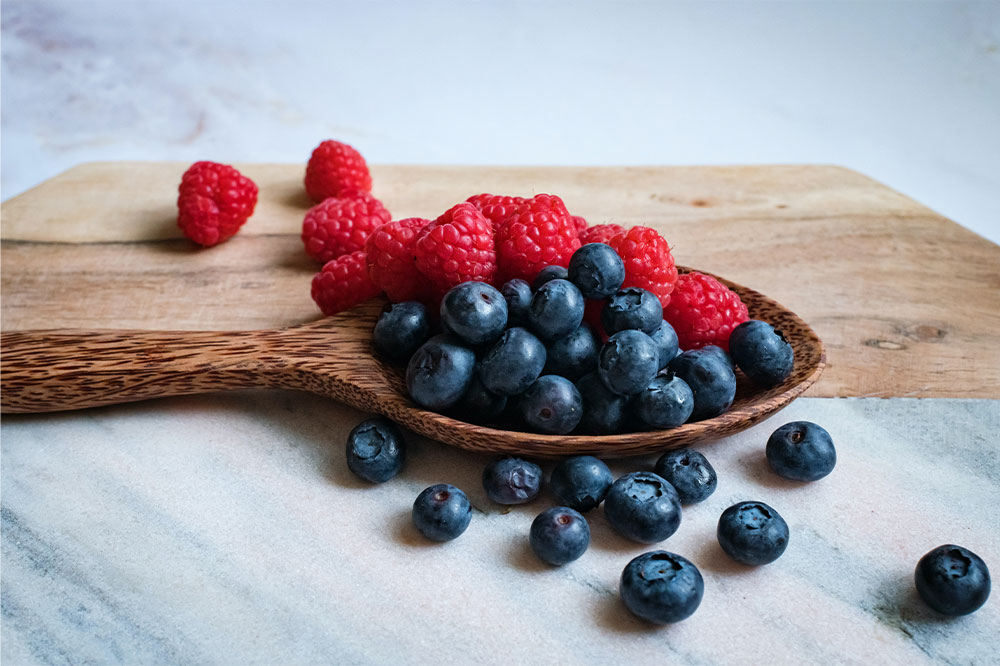4 effective fruit eating tips for diabetics

Diabetes patients must focus on their daily carbohydrate intake as it is one of the major factors that affect blood sugar. Excess carbohydrates in the system trigger the pancreas to produce and release more insulin. For diabetics, one of the main concerns is eating fruits, as they are rich in natural sugars and fructose. But here are a few simple ways one can include more fruits in daily foods without worrying about type 2 diabetes.
Consider low glycemic (GI) fruits
Low GI fruits contain natural fibers that help the body with digestion. Cherries, grapefruit, pears, peaches, plums, strawberries, grapes, blackberries, and oranges are excellent fruits that supplement daily nutrition. Fibrous fruits also help one feel more satiated throughout the day and curb hunger pangs.
Don’t eat in one go
The body can only process a finite amount of sugar and carbohydrates in a single day. So, it is better to have a smaller serving of fruits to balance carbohydrate and calorie intake. Also, consider fresh fruits over frozen or dried options. Fresh fruits contain a lower and more easily digestible concentration of natural sugars, minus any preservatives or additives.
Portion sizes matter
People with diabetes should really pay attention to portion sizes. Excess fruit consumption triggers spikes in blood sugar levels due to the presence of fructose in most fruits. This natural sugar is quickly broken down by the body, resulting in an increase in blood glucose. According to nutritionists, diabetics should not consume any more than a cup of blackberries, 1 1/4th cup of strawberries, 17 cherries, or 3/4th cup of blackberries in one sitting. The sugar intake is equivalent to a 4-ounce tangerine, 4-ounce apple, half a banana, four small apricots, or one cup of fresh watermelon.
Avoid fruit juices
Half a cup of fruit juice contains 15 grams of carbohydrates. That is the ideal nutrition requirement that one can get from an assorted bowl of fresh fruits. Also, fruit juices bypass the digestion process quickly as even freshly squeezed juice without the fruit pulp is low in fiber.